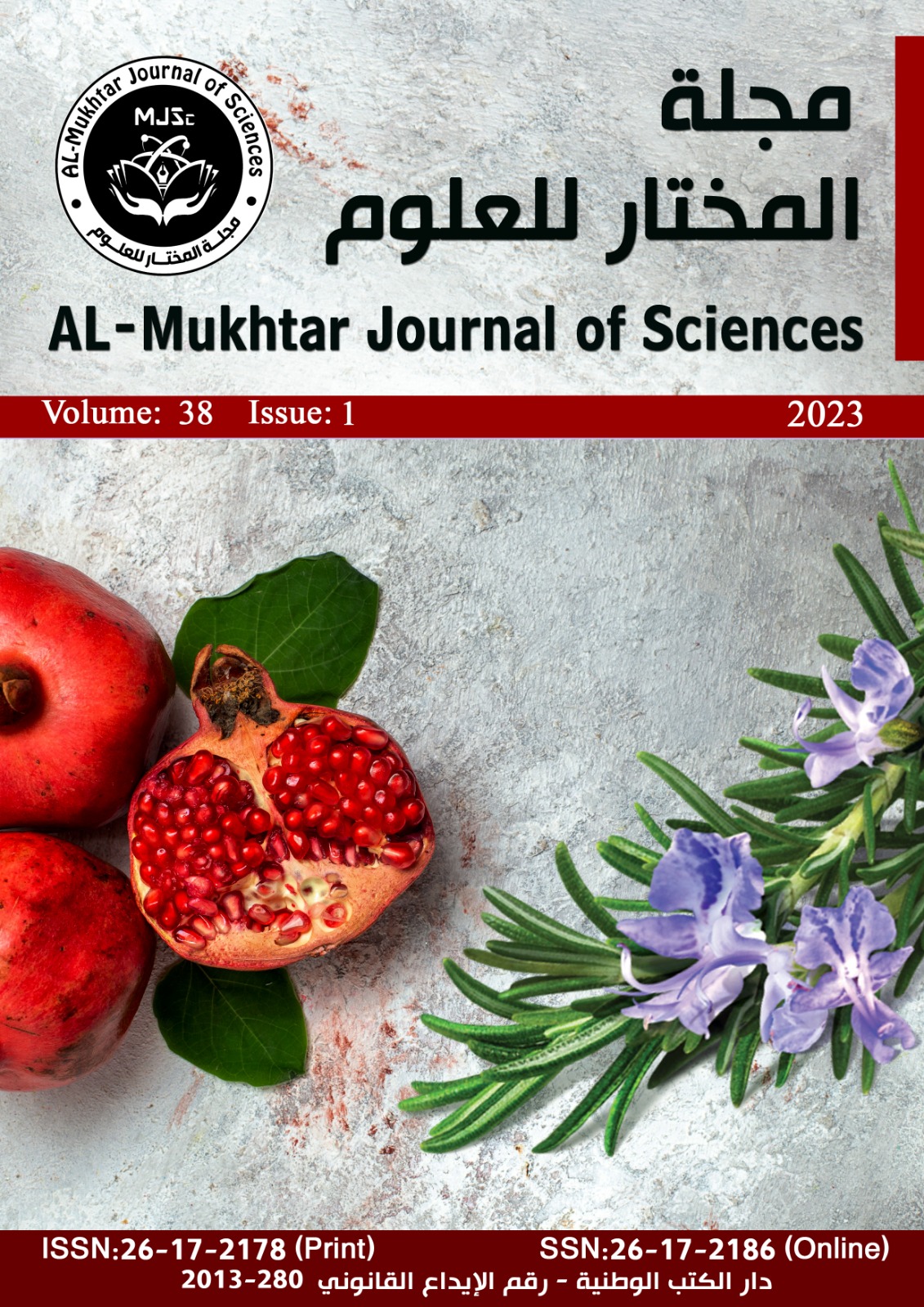How to Move from Agile to Agility in Software Organizations
DOI:
https://doi.org/10.54172/mjsc.v38i1.1015Keywords:
Agile, Agility, model, dimensionsAbstract
Agility adoption in software development organizations is considered a strong solution to managing a rapidly changing, uncertain, and unsteady workplace. Especially, as the objective of Agility is to control changes that may happen. So, moving from Agile to Agility increases the organizations’ ability in swiftly and effectively react to unexpected variations in market requests. Agile refers to a mindset emphasizing teamwork, frequent value delivery, and the ability to deal with functional changes. The distinction between Agile and Agility needs to be understood in order to prevent misunderstandings, because Agility is recognized as one of the most important attributes of an organization against market turbulence. Through systematic mapping, this research explores the transition from Agile to Agility in software development companies. Systematic mapping is a technique for gathering, collating, and presenting research evidence. Eight research questions were identified, and to provide answers to these questions, several research papers have been explored in electronic databases. Eventually, 33 research papers were inspected, and answers to all research questions were provided. The results that have been achieved by this research proved that Agile and Agility differ in terms of definitions, attributes, numbers of dimensions, and the dimensions themselves
Downloads
References
Bin-Hezam, R., Bin-Essa, A., & Abubacker, N. F. (2018). Is the Agile Development Method the Way to Go for Small to Medium Enterprises (SMEs) In Saudi Arabia? 2018 21st Saudi Computer Society National Computer Conference (NCC),
Bottani, E. (2009). A fuzzy QFD approach to achieve agility. International journal of production Economics, 119(2), 380-391.
Dahmardeh, N., & Banihashemi, S. A. (2010). Organizational agility and agile manufacturing. European Journal of Economics, Finance and Administrative Sciences, 27, 178-184.
Gagnon, B., & Hadaya, P. (2018). The four dimensions of Business Agility: ASATE.
Gandomani, T. J., & Nafchi, M. Z. (2014). Agility assessment model to measure Agility degree of Agile software companies. Indian Journal of Science and Technology, 7(7), 955-959.
Ganguly, A., Nilchiani, R., & Farr, J. V. (2009). Evaluating agility in corporate enterprises. International journal of production Economics, 118(2), 410-423.
Gunasekaran, A. (1998). Agile manufacturing: enablers and an implementation framework. International journal of production research, 36(5), 1223-1247.
Harraf, A., Wanasika, I., Tate, K., & Talbott, K. (2015). Organizational agility. Journal of Applied Business Research (JABR), 31(2), 675-686.
Highsmith, J. (2013). Adaptive leadership: Accelerating enterprise agility. Addison-Wesley.
Karvonen, T., Sharp, H., & Barroca, L. (2018). Enterprise agility: Why is transformation so hard? Agile Processes in Software Engineering and Extreme Programming: 19th International Conference, XP 2018, Porto, Portugal, May 21–25, 2018, Proceedings 19,
Laanti, M., Similä, J., & Abrahamsson, P. (2013). Definitions of agile software development and agility. Systems, Software and Services Process Improvement: 20th European Conference, EuroSPI 2013, Dundalk, Ireland, June 25-27, 2013. Proceedings 20,
Lyytinen, K., & Rose, G. M. (2005). How Agile is Agile Enough? Toward a Theory of Agility in Software Development. Business Agility and Information Technology Diffusion: IFIP TC8 WG 8.6 International Working Conference May 8–11, 2005, Atlanta, Georgia, USA,
Park, S., & Cho, K. (2022). Agility and Innovativeness: The Serial Mediating Role of Helping Behavior and Knowledge Sharing and Moderating Role of Customer Orientation. Behavioral Sciences, 12(8), 274.
Sharifi, H., & Zhang, Z. (2001). Agile manufacturing in practice‐Application of a methodology. International journal of operations & production management.
Sherehiy, B., Karwowski, W., & Layer, J. K. (2007). A review of enterprise agility: Concepts, frameworks, and attributes. International Journal of industrial ergonomics, 37(5), 445-460.
Sidky, A. (2017). A transformation approach for scaling and sustaining agility at an enterprise level: A culture-led agile transformation approach. In Organizational Culture and Behavior: Concepts, Methodologies, Tools, and Applications (pp. 172-195). IGI Global.
Siegel, Matthew &Corey Booth. (2020) Six dimensions of the Agile enterprise: What leading companies are doing. Strategy &.part of the pwc network, 10 pages. www.strategyand.pwc.com
Sommerville, I. (2015). Software engineering. 10th. Book Software Engineering. 10th, Series Software Engineering.
Triaa, W., Gzara, L., & Verjus, H. (2016). Organizational agility key factors for dynamic business process management. 2016 IEEE 18th Conference on Business Informatics (CBI),
VanderMeer, D. (2008). Dinesh Batra Debra VanderMeer Kaushik Dutta Thant Sin.
Yusuf, Y. Y., Sarhadi, M., & Gunasekaran, A. (1999). Agile manufacturing:: The drivers, concepts and attributes. International journal of production Economics, 62(1-2), 33-43.
Zhang, Z., & Sharifi, H. (2000). A methodology for achieving agility in manufacturing organisations. International journal of operations & production management, 20(4), 496-513.
Downloads
Published
How to Cite
License
Copyright (c) 2023 Sumia Ali Albera , Samia Abdalhamid, Asma Abd Aljalil

This work is licensed under a Creative Commons Attribution-NonCommercial 4.0 International License.
Copyright of the articles Published by Almukhtar Journal of Science (MJSc) is retained by the author(s), who grant MJSc a license to publish the article. Authors also grant any third party the right to use the article freely as long as its integrity is maintained and its original authors and cite MJSc as original publisher. Also they accept the article remains published by MJSc website (except in occasion of a retraction of the article).










